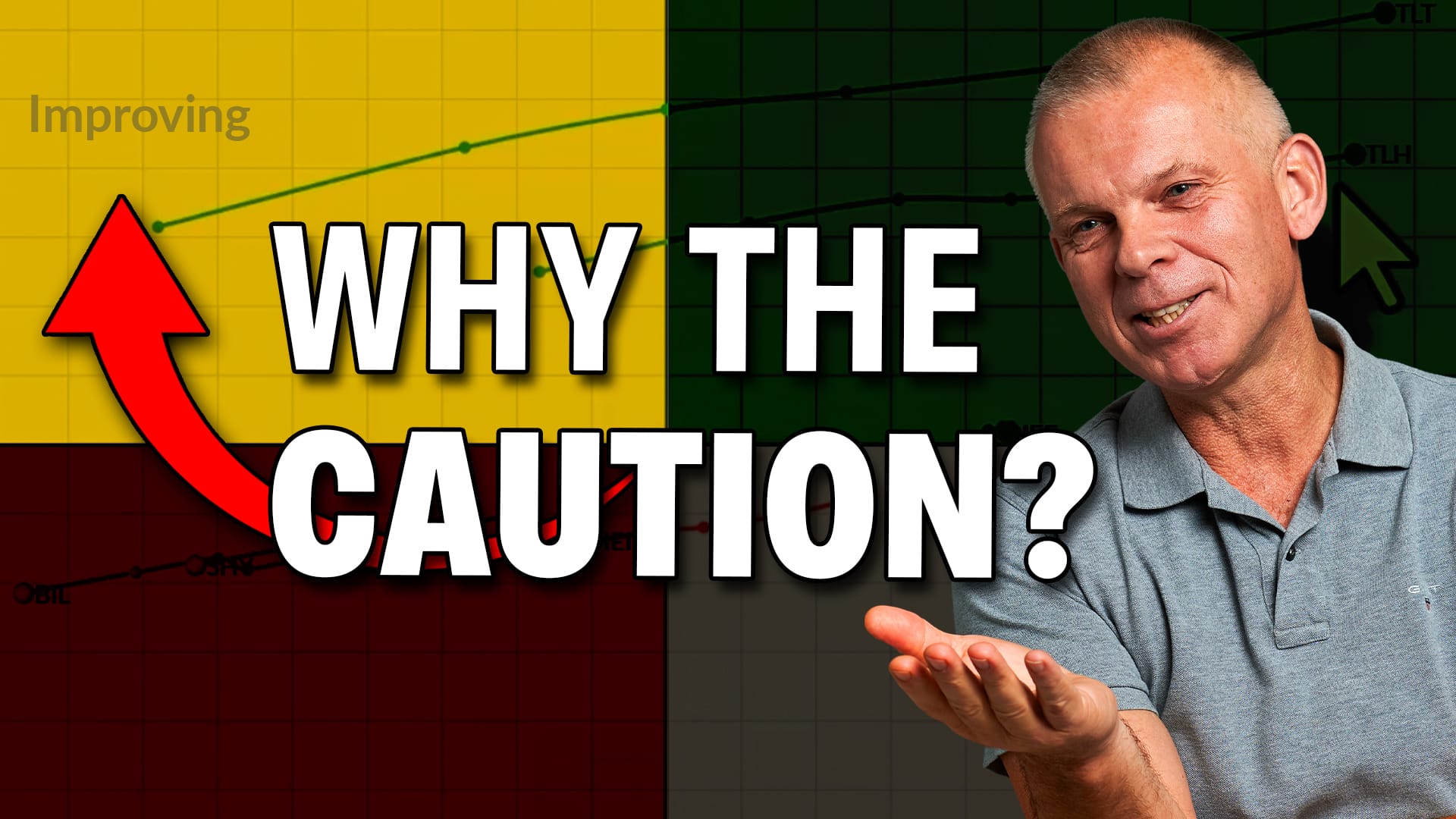1000 POINT SURGE PUTS DOW AT RESISTANCE ZONE -- EURO RETRACES 50% OF SEPTEMBER DECLINE -- LEARNING FROM PRIOR REVERSALS AND FAILURES -- 2010 INVERSE HEAD-AND-SHOULDERS BOTTOM -- 2008 DOUBLE BOTTOM AND RISING WEDGE
1000 POINT SURGE PUTS DOW AT RESISTANCE ZONE... Link for todays video. The risk-on trade continued its run as stocks moved higher again on Wednesday. Traders move into riskier assets with the risk-on trade and shun riskier assets with the risk-off trade. Risk-on favors stocks, the Euro and commodities. Risk-off favors the Dollar and Treasuries. Chart 1 shows the Dow Industrials moving into a resistance zone. With todays advance, the Dow is up over 1000 points from the October 4th low. Even though this short-term move is certainly strong, a bigger resistance level is at hand and the senior Average is short-term overbought. We do not need a momentum oscillator to ascertain that the Dow is overbought after a seven day 1000 point swing. Resistance stems from broken support levels and the 50-61.80% retracement zone. We can also throw in the September 1st high around 11700.

(click to view a live version of this chart)
Chart 1
EURO RETRACES 50% OF SEPTEMBER DECLINE... A surge in the Euro is partly responsible for todays rally. The Euro has been at the center of the risk-on/risk-off trade. This is because the Euro is viewed as the key barometer of financial health in Europe. Chart 2 shows the Euro Currency Trust (FXE) surging above 137 on Wednesday. This ETF is now up around 4.5% in the last seven trading days. While this is a monster move on its own, the ETF has still only retraced 50% of the prior decline. In addition, resistance is coming into play from broken support in the 139 area.

(click to view a live version of this chart)
Chart 2
A surge in the Euro is accompanied by a decline in the Dollar. John Murphy noted that the stock market is negatively correlated with the Dollar, which means it is positively correlated with the Euro. The indicator window shows the 63-day Correlation Coefficient for the Euro and the S&P 500. This indicator has been largely positive since early February.
LEARNING FROM PRIOR REVERSALS AND FAILURES... Technical analysis is built on the premise that history repeats itself. While no two patterns are exactly the same, certain features are often present that allow chartists to identify past patterns and apply these lessons to the current environment. With this in mind, I would like to look at some prior bottoms in the S&P 500. Two of these were successful bottoms (1998 and 2010). One was an unsuccessful bottom or bear market rally. Chart 3 shows the October 1998 bottom in the S&P 500. After breaking support at 1075 with a decline below 1000, the index formed two lows in the 950 area. Even though the prior decline is rather short for a major Double Bottom to form, there are two clear lows and a clear W style bottom. Notice that the index actually broke the first low, but recovered with a big reversal day. SPX dipped below 925 intraday, but recovered to close above 950. This support break and sudden recovery seems to be a recurring feature for bottoms. There was a follow through surge the next two days, a one day pullback and then another follow through surge above the September high. After a small consolidation near the September high, the index continued higher with a strong move above 1150 in November. Key takeaways: a clear bullish reversal pattern formed, the surge off the October low was very strong and the the resistance breakout held.

(click to view a live version of this chart)
Chart 3
2010 INVERSE HEAD-AND-SHOULDERS BOTTOM AND BREAKOUT... Chart 4 shows the most recent stock market bottom occurring in the summer of 2010. The S&P 500 formed a sharp falling wedge from May to July and then broke the upper trendline with a move above 1100 in late July. Also notice that the index quickly recovered after a break below the May low at 1040. SPX met resistance in the 50-61.80% retracement zone and then pulled back with a sharp falling flag. A higher low ultimately formed and the index broke flag resistance with a strong surge above 1080. This surge continued and broke above the June-August highs in mid September to complete the reversal. Overall, the pattern from late May to early September looks like an inverse Head-and-Shoulders Pattern. Again, the May-June decline was rather short to warrant a major reversal pattern, but the shape of the pattern is clearly there. Key takeaways: a clear bullish reversal pattern formed, the surge off the higher low (late August) was strong and the resistance breakout held. Strong breakouts hold.

(click to view a live version of this chart)
Chart 4
2008 DOUBLE BOTTOM AND RISING WEDGE... Chart 5 shows that the 2008 Double Bottom breakout that failed to hold. After a decline from October 2007 to January 2008, the S&P 500 formed two lows in the 1275 area. Again, the index dipped below the January low in March 2008, but quickly recovered to trace out a Double Bottom. There was an initial surge off the second low and then a zigzag higher. The index broke resistance at the beginning of May with a move above 1400. Despite this breakout, the index stalled soon afterwards and moved back below 1375 in early June. The breakout did not hold. Also notice that the March-May advance hit resistance at a Fibonacci cluster and formed a rising wedge. The successful patterns shown above featured strong surges off support and resistance breakouts that held. Key takeaways: a successful resistance breakout is needed for validate. Weak breakouts do not hold.

(click to view a live version of this chart)
Chart 5
S&P 500 FORMS DOUBLE BOTTOM AND CHALLENGES RESISTANCE... Chart 6 shows current prices with a pattern that looks like a Double Bottom or a Falling Wedge. Either way you slice it, key resistance is clearly marked at 1230. After a sharp decline and support break in August, the index formed two lows in the 1100 area. As is usually the case, the second low dipped below the first low and the index then recovered with a sharp intraday reversal. Even though the lows do not exactly match, there is a clear low in early August, a bounce to 130 in late August and a retest in early October. The surge over the last six days shows strong upside momentum. Also note that SPY broke the upper trendline of the falling wedge. Final confirmation of the Double Bottom comes with a break above the high at 1230. Even though there is a clear bullish reversal pattern in the works, we have yet to get confirmation with a resistance breakout. The key takeaways above suggest that a breakout should hold. In other words, price should continue higher after a breakout at 1235. A little stalling around resistance is O.K, but a move back below 1200 would throw cold water on any breakout if it does happen.









